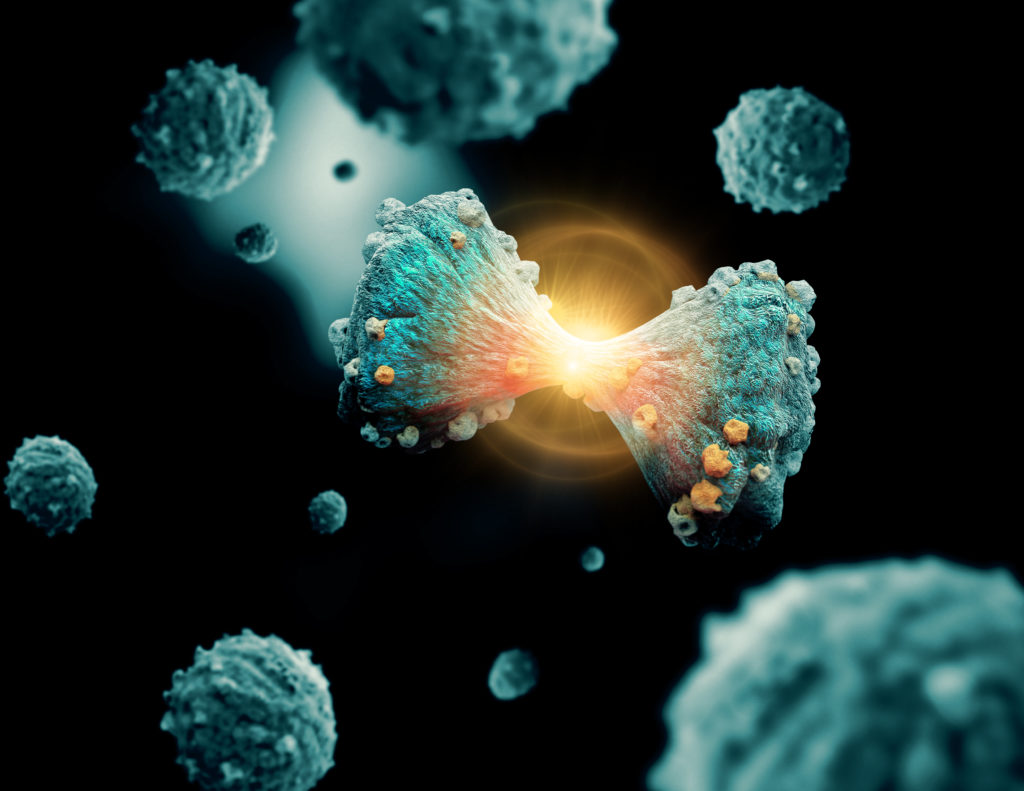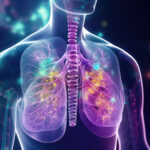
Carcinoid tumors target cells that produce hormones. When an individual has had carcinoid tumors for an extended period of time, they can develop carcinoid syndrome. Diarrhea commonly accompanies carcinoid tumors and at VCS, we work with patients to determine what they can eat to get the nutrients they need and to avoid the discomfort and risk that comes along with persistent diarrhea.
We start with what we know. Common triggers of diarrhea and other digestive symptoms in carcinoid tumor patients include high-fat foods, raw tomatoes, alcohol, spicy foods, and those higher in amines. (“Amines” are a chemical name to describe specific components found in foods, such as amino acids.)
The tricky part? No two people are exactly alike. Therefore, we need to take an individualized look at what foods cause symptoms. We typically use a food journal for a defined period of time, also tracking digestive symptoms such as diarrhea and match them up to identify triggers.
Other good tips for navigating carcinoid tumors through diet:
- Eat frequent, smaller meals (pay special attention to the amines chart below until you know what your triggers are)
- Eat plenty of protein
- Watch fat intake; choose unsaturated fats
- When eating vegetables, choose cooked, canned, or frozen (they are easier to digest)
How do I navigate “amines” when I have never heard of them? Here’s a cheat sheet with high, medium, and low food and beverage sources of amines so that you can determine how they affect you personally:
| HIGH |
- Aged cheeses (e.g., cheddar, stilton, camembert, etc.)
- Alcoholic beverages
- Smoked, salted, or pickled fish and meats
- Yeast extracts and “hydrolyzed” proteins (e.g., like marmite/vegemite, or used for flavoring processed foods, brewer’s yeast, nutritional yeast)
- Fermented foods (e.g., tofu, miso, sauerkraut, shrimp paste, fish sauce, soy sauce)
|
| MEDIUM |
- Caffeine (e.g., coffee, soda, energy drinks)
- Dark chocolate, milk chocolate, cocoa powder
- Peanuts, brazil nuts, coconut
- Avocado, banana, raspberries
- Other
|
| LOW |
- Fresh lean meats, fresh poultry, fresh fish
- Most vegetables
- Most fruits in moderate amounts
- Grains and starchy foods (experiment with types of fiber to understand individual tolerance)
- Un-aged cheeses and dairy (e.g., low-fat cottage cheese; ricotta and mozzarella cheeses; low-fat yogurt or kefir; low-fat cream cheese; low-fat milk)
- Fresh soy foods—soymilk, edamame
|









